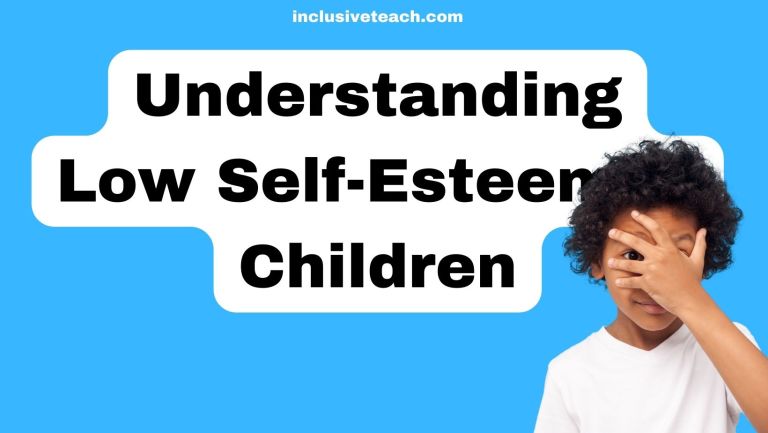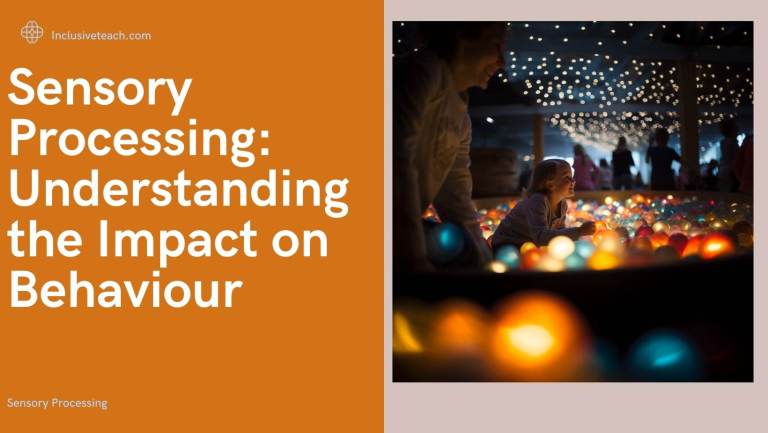15 Ideas For Home Made Sensory Toys
The Best Home Made Sensory Toys for Autistic Children
For autistic children, finding easy DIY ways to engage their senses and promote self-regulation can be incredibly beneficial. Home made Sensory toys are a great tool for providing stimulating and calming experiences, and homemade sensory toys can be even more valuable because of their personal touch and customisation. In this blog, we will explore the best homemade sensory toys that can bring fun and learning into the lives of autistic children, and help them develop crucial self-regulation skills. So get ready to unleash your creativity and create a world of sensory delights!
The importance of Sensory Toys for Autistic Children
Sensory toys play a vital role in the development of autistic children. These toys allow them to engage their senses and explore the world around them in a safe and controlled environment. By providing different textures, sounds, and visual stimuli, sensory toys can help to calm and regulate the sensory experiences that can often overwhelm autistic individuals.
One of the key benefits of homemade sensory toys is their personal touch and customisation. When you create these toys yourself, you have the opportunity to personalise them according to your child’s unique needs and preferences. This level of customisation can make a world of difference in engaging their interest and facilitating their learning process. They toys can also be used to prevent behaviour escalation by providing sensory feedback and a calming effect.
– Homemade playdough: Mix together flour, salt, water, and food colouring to create your own playdough. Add different textures such as rice, glitter, or essential oils for added sensory stimulation. Not only is homemade playdough cost-effective, but it also allows for endless possibilities of creativity and sensory exploration.
In the next section, we will delve into specific homemade sensory toy ideas that have proven to be effective in engaging autistic children and enhancing their learning experiences.
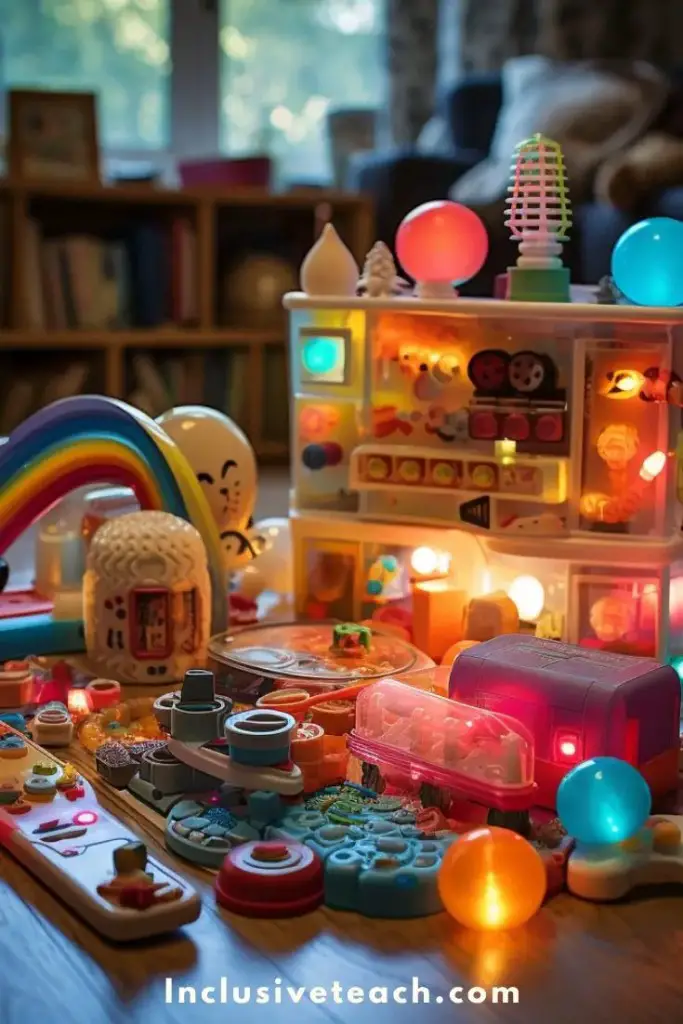
5 Essential DIY Sensory Toys: Unleashing your creativity
When it comes to creating homemade sensory toys for autistic children, the possibilities are endless. With a little bit of creativity and resourcefulness, you can design toys that cater to your child’s specific needs and interests. Here are the five best DIY sensory toy ideas that have been proven to be effective in engaging autistic children and enhancing their learning experiences. You can make all of these at home and easily adapt to the things you have around the home.
1. Sensory bottle: Fill an empty plastic bottle with a combination of water, oil, and food coloring. Add in various small objects such as beads, buttons, or glitter. Secure the lid tightly and let your child shake and explore the different textures and colours.
2. Texture boards: Create a board with different textured materials such as sandpaper, velvet, or bubble wrap. Allow your child to touch and feel the different textures, stimulating their senses and promoting sensory exploration.
3. Sensory bins: Fill a large container with materials such as rice, beans, or dried pasta. Hide small toys or objects within the bin for your child to discover and explore. This activity encourages tactile stimulation and helps improve fine motor skills.
4. Water play station: This can literally just be a bucket and some containers to pour and transfer liquid. You can expand this depending on the space you have. Most plastic toys will survive a few water play sessions.
5. Weighted items: Whilst the price of weighted blankets has reduced over the last couple of years it is still cheaper to make your own weighted items. Simple ideas such as filling oven gloves with rice and sewing up the opening to replacing the stuffing of a soft toy with rice, dried beans etc can be really quick and effective.
Remember, the key is to personalize these toys to suit your child’s specific sensory needs. So go ahead and unleash your creativity, knowing that you are creating a world of fun and learning for your child. Stay tuned for more exciting homemade sensory toy ideas in the next section!
Budget DIY Sensory Toy Ideas: 13 Affordable materials and resources
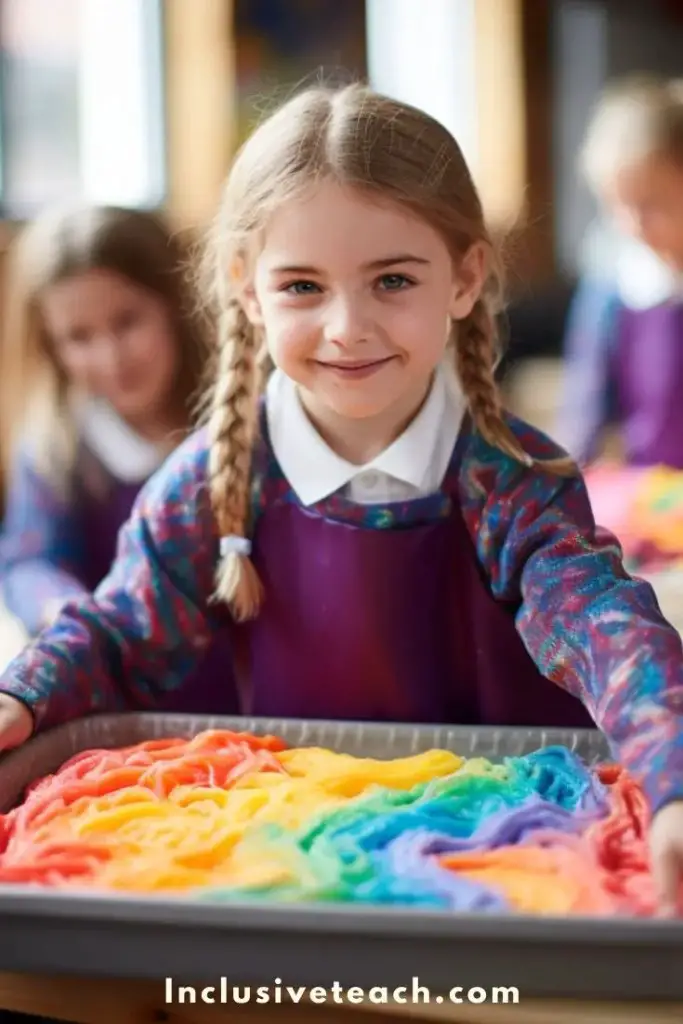
Creating home made sensory toys for autistic children doesn’t have to break the bank. In fact, you can create engaging and educational toys using affordable materials and resources that are easily accessible.
- Rice and bean sensory bin: Fill a large container with uncooked rice or dried beans and add various small toys or objects for your child to explore and discover. This simple sensory bin provides hours of tactile exploration and encourages imaginative play.
- DIY fidget toys: Use everyday objects such as rubber bands, stress balls, or Velcro strips to create your own fidget toys. These toys provide an outlet for sensory input and help promote focus and relaxation.
- Homemade playdough: Mix together flour, salt, water, and food colouring to create your own playdough. Add different textures such as rice, glitter, or essential oils for added sensory stimulation. Not only is homemade playdough cost-effective, but it also allows for endless possibilities of creativity and sensory exploration.
- What’s in the Bag?: Create a sensory game by placing various objects inside a bag or box. Kids can explore the textures and shapes by touch, promoting tactile stimulation
- Rainbow Soap Foam: Mix dish soap and food colouring to create colourful and bubbly foam. Children can play with it, enhancing both visual and tactile senses
- Texture Rubbing: Use Crayons or chalk to rub different textured homemade boards or natural surfaces.
- Sensory templates: I need to find a better name for these but they are cardboard cut outs that you hold over different textures to create a sensory picture.
- Freeze Water Beads: Place water beads inside balloons, fill them with water and freeze. The frozen balloons provide a unique tactile experience as they melt
- Edible “Water Beads”: Make edible sensory beads using tapioca pearls and food colouring. They’re safe for kids to touch and taste, stimulating both touch and taste senses
- Stuffed Felt Alphabet Letters: Create felt letters stuffed with different textures. These DIY alphabet letters encourage tactile exploration and early learning
- No Sew I Spy Bean Bags: Make bean bags filled with small items like beads or rice. Children can touch and shake them, trying to identify the hidden objects inside. This simplest (super lazy) way to do this if you are not great with a needle and thread is to get a sock fill it and glue gun the end up!
- Sensory Tent: Use blankets and pillows to create a home made cosy sensory tent where kids can explore different textures and use a torch or light projector to allow the child to control lighting conditions. Read our post on Autistic Nesting to find out why this is so beneficial.
- Cardboard Box Ideas: Repurpose cardboard boxes into sensory play areas by adding various materials like fabrics, sandpaper, or bubble wrap for tactile exploration
- Tactile Experiences: Provide different tactile materials like playdough, kinetic sand, or textured fabrics for kids to manipulate and feel
The goal is to create a fun and engaging sensory experience for your child, regardless of your budget. So don’t hesitate to get creative and think outside the box when it comes to creating homemade sensory toys. Stay tuned for more exciting ideas in the next section!
Customising Home Made Sensory Toys for Individual Needs
Creating an inclusive environment is essential when it comes to homemade sensory toys for autistic children. Each child has unique preferences and needs, so it’s important to customize the toys accordingly. One way to do this is by incorporating the child’s interests into the sensory toys. For example, if they love animals, you can create a sensory bin with plastic animals and textured materials that mimic different habitats. This not only engages their senses but also taps into their specific interests, making the experience more enjoyable.
Additionally, consider the child’s sensory sensitivities. Some children may be overwhelmed by certain textures or noises, so it’s crucial to adapt the toys to their comfort level. You can introduce different textures gradually, providing options for them to explore and choose what feels most comfortable.
By customising sensory toys to individual needs, you create a safe and supportive environment where every child can thrive. Stay tuned for more tips on how to create a truly inclusive sensory play experience in the next section!
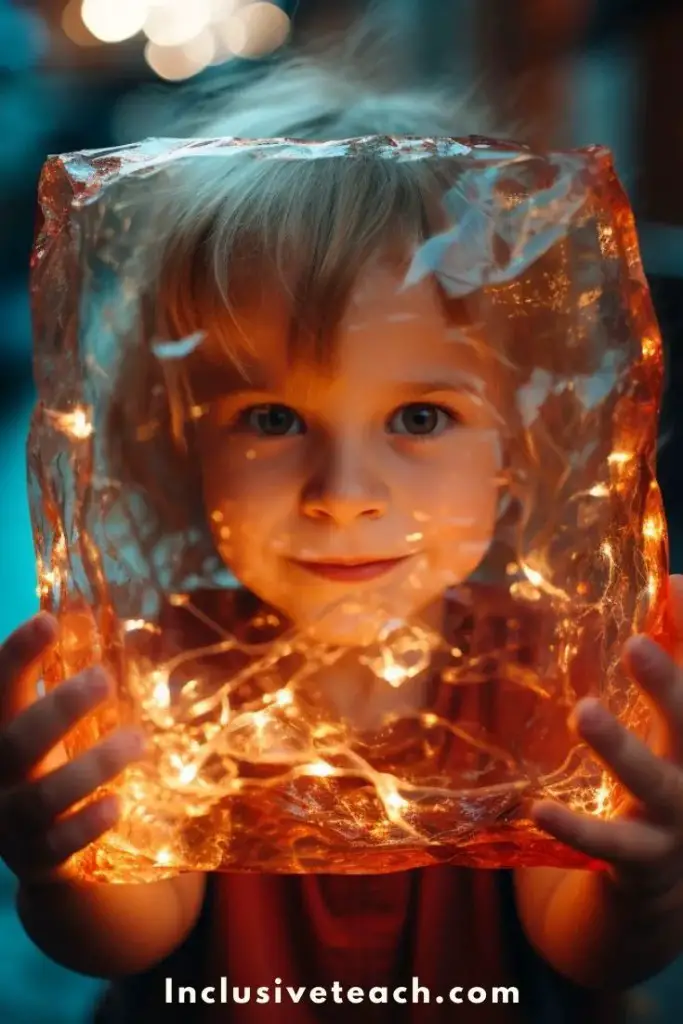
Playtime becomes a learning experience: Incorporating Educational Elements in Sensory Toys
Incorporating educational elements into sensory toys can turn playtime into a valuable learning experience for autistic children. By infusing educational concepts into the toys, we can further stimulate their engagement and cognitive development.
One simple way to incorporate educational elements is by using sensory toys that promote colour recognition or counting skills. For example, you can create sensory bottles filled with different coloured liquids or beads, encouraging the child to identify and name the colours as they play.
Another idea is to incorporate letters or numbers into sensory materials. You can make textured cards with letters or numbers glued onto them or use textured materials to form the shapes of letters and numbers. This not only engages their senses but also helps develop their early literacy and numeracy skills.
Celebrating Milestones with Home Made Sensory Toys
Creating homemade sensory toys for autistic children is not only about providing them with a fun and engaging playtime experience. It is also about celebrating their milestones and achievements along their unique developmental journey.
One of the great joys of using these toys is witnessing the progress that children make. As they engage with different sensory materials and explore various educational concepts, they begin to develop new skills and abilities. Imagine the excitement when a child successfully identifies all the colours in a sensory bottle or recognises the letters or numbers on textured cards. These moments of accomplishment are not only important for their cognitive growth but also instil a sense of pride and confidence within them.
By incorporating educational elements into home made sensory toys, we are not only helping them learn but also providing opportunities for celebration and encouragement.


